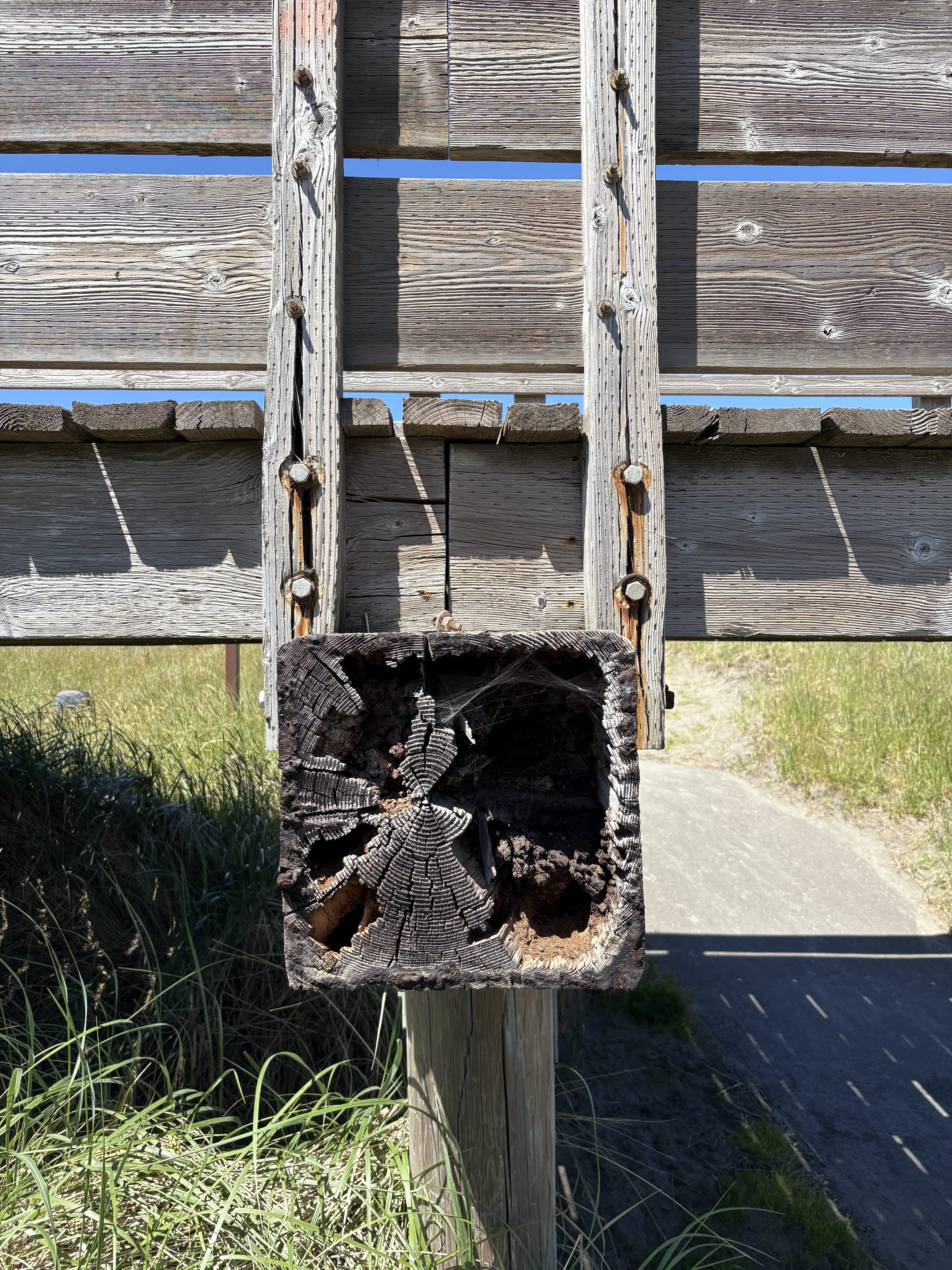Birding: The American Crow: A most intelligent bird!
Published 12:37 pm Thursday, June 13, 2024

- A good turnout at the feeders — not birds but black-tailed deer!
Our summer residents are gradually appearing and making their presence known through their warbles, chips, high pitched notes, and raucous calls. It is music to my ears. The birds at the north end of the peninsula have been particularly vocal and visible. Nest building or attracting a mate is still on their minds. Many of the species will already be on nests.
A friend of mine, also an Observer reader, reports that the birds are profuse! She is seeing and hearing the common yellow-throat and other warblers such as the orange-crowned, yellow warbler and the Wilson’s warbler. Other species she reported include the purple finch, warbling vireo, Bewick’s wren, western flycatcher, cedar waxwing and the olive-sided flycatcher. Another reader wrote to say he had a good turnout at his feeders that day, but the visitors weren’t birds. They were black-tailed deer!
American crows are also being sighted on the beach. They are also common in open fields, open woodlands, and at dumps! They are opportunistic feeders. Omnivorous describes them well. They will eat anything and almost everything. Included in their diet is carrion, garbage, seeds, frogs, snakes, spiders, insects and earthworms. Crows also eat mollusks. To crack one, the crow will carry it high in the air, and drop it on rocks or a hard surface to open it. The American crow can be enticed to a backyard feeder if raw peanuts are available. Apparently, it is one of their favorites.
Crows seem to enjoy them whether they are in the shell or shelled. Several have been coming to our yard to get the peanuts in the shell. Those that are too tough to crack with their heavy bill are carried to the bird bath and dropped into the water until they soften up. One of the crows I have been watching when it does this, first drops it in the bird bath, then watches it for a and then every so often pokes at the shell. If it can get at the peanut inside, it takes it and flies off with it or eats it on the spot. If it is still too hard to crack it waits a while longer until it can pick the peanut out of its shell. The American crow is a clever bird.
The American crow is among our most intelligent birds and very social. According to scientists, it has successfully adapted to life in our towns and cities and is known to be a problem solver. As the crow flies, its wings move as if it is rowing a boat. In other words, with a rowing motion. It is a large, beautiful bird with long legs, a thick neck and heavy straight bill. Its tail is short and squarish, it is black in color and when it gets new feathers they have a glossy look about them.
Their call is a familiar caw-caw-caw, but they will also make a raucous rattle. Males and females are the same size. Western crows, like the ones we see on the peninsula are slightly smaller than eastern crows and have a deeper voice. The crows we see on the Peninsula were formerly called the northwestern crow. It was considered a separate species until 2021 when it was determined that it was not a different species at all. So now its name is just American crow.
The American crow prefers to nest in evergreens but if none are available it uses a deciduous tree or large shrub. The nest can be anywhere from ten to seventy feet up. It places it in the crotch or fork of a tree usually near the trunk. Both male and female build the nest using twigs, sticks, bark, mud and weeds. The nest is lined with softer materials such a moss, pine needles, grass and feathers. The female lays three to nine eggs and is responsible for incubating them.
American crows are seldom seen in ones. They are very social, so they are often seen in groups. Evidence of this, in my case, is that we have six to eight crows coming to the yard for peanuts, a drink or to bathe every day. The next time you are on the beach or out and about on the peninsula look for black birds that hang out in groups and are smaller than the common raven. If you see them on the beach they may be picking away at a crab or a seal carcass. It is one of the best places to observe and enjoy them. They are a treat to watch, and you may see just how clever American crows can be! Happy birding.








